Seal/Not Seal Brick Exterior
danvirsse
12 years ago
Featured Answer
Sort by:Oldest
Comments (11)
worthy
12 years agodanvirsse
12 years agoRelated Professionals
Arlington Kitchen & Bathroom Designers · Clute Kitchen & Bathroom Designers · Glens Falls Kitchen & Bathroom Designers · South Barrington Kitchen & Bathroom Designers · Avondale Kitchen & Bathroom Remodelers · Bethel Park Kitchen & Bathroom Remodelers · Fremont Kitchen & Bathroom Remodelers · Oceanside Kitchen & Bathroom Remodelers · Oklahoma City Kitchen & Bathroom Remodelers · Omaha Kitchen & Bathroom Remodelers · Port Orange Kitchen & Bathroom Remodelers · Vashon Kitchen & Bathroom Remodelers · Vienna Kitchen & Bathroom Remodelers · Glens Falls Architects & Building Designers · Riverside Architects & Building Designersdanvirsse
12 years agojmc01
12 years agobrickeyee
12 years agodanvirsse
12 years agociv_IV_fan
12 years agoUser
12 years agobrickeyee
12 years agoJay Ralston
3 years ago
Related Stories
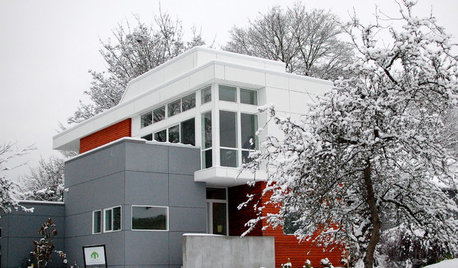
REMODELING GUIDESSeal the Deal With Fiber Cement Siding
Chameleon-like, durable and low maintenance, fiber cement gives home exteriors of all shapes and styles a winning edge
Full Story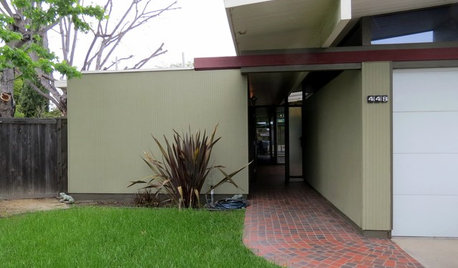
HOUZZ TOURSMy Houzz: Yard Seals the Deal for an Eichler Home
Expansive indoor-outdoor living sold a couple on this midcentury California home, now brimming with vintage finds collected over time
Full Story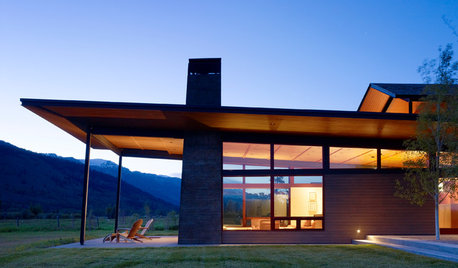
EXTERIORSSkip the Brick for a Statement-Making Chimney
Clad your chimney in metal, concrete or masonry for a dynamic architectural element and a most contemporary design
Full Story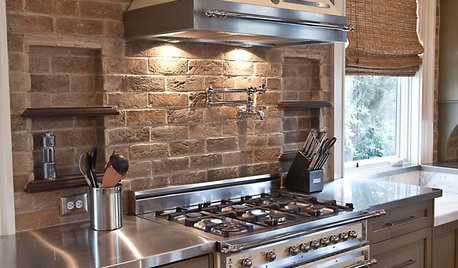
KITCHEN DESIGNYes, You Can Use Brick in the Kitchen
Quell your fears of cooking splashes, cleaning nightmares and dust with these tips from the pros
Full Story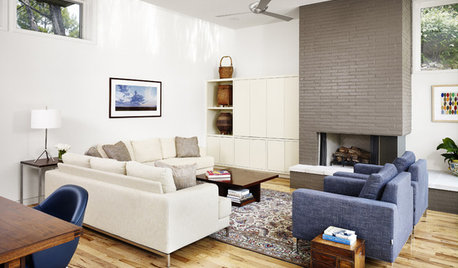
DECORATING GUIDESWhat You Need to Know Before Painting Brick
Sure, painted brick can be a great look. But you need to take some risks into account. Here's how to paint brick like a pro
Full Story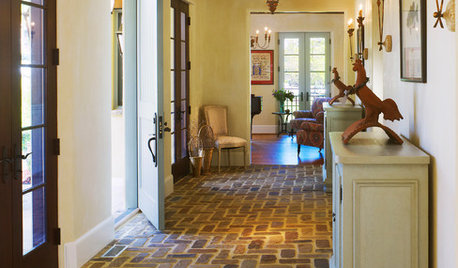
RUSTIC STYLEBrick Floors: Could This Durable Material Work for Your House?
You love the old-world look, but will you like the feel of it underfoot? Learn the pros and cons of interior brick flooring
Full Story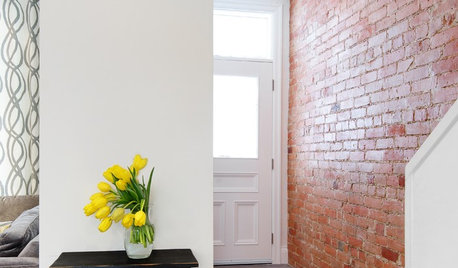
BRICKHow to Make an Interior Brick Wall Work
Learn how to preserve, paint, clean and style a brick wall to fit your design scheme
Full Story
REMODELING GUIDESInterior Brick: Paint it or Leave It?
Here's how to know if covering that brick is a sin or solution
Full Story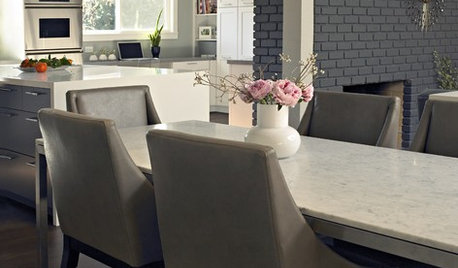
BRICKHow to Paint Brick Like a Pro
Got a bland or beat-up brick wall? Treat it to a fresh face with paint in any color you choose
Full Story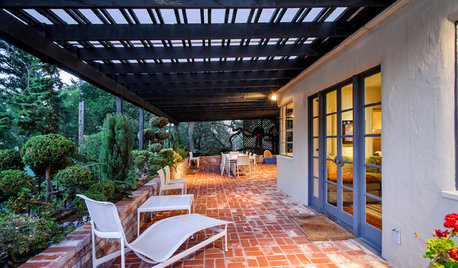
PATIOSLandscape Paving 101: How to Use Brick for Your Path or Patio
Brick paving is classy, timeless and a natural building material. Here are some pros and cons to help you decide if it’s right for your yard
Full StoryMore Discussions









civ_IV_fan